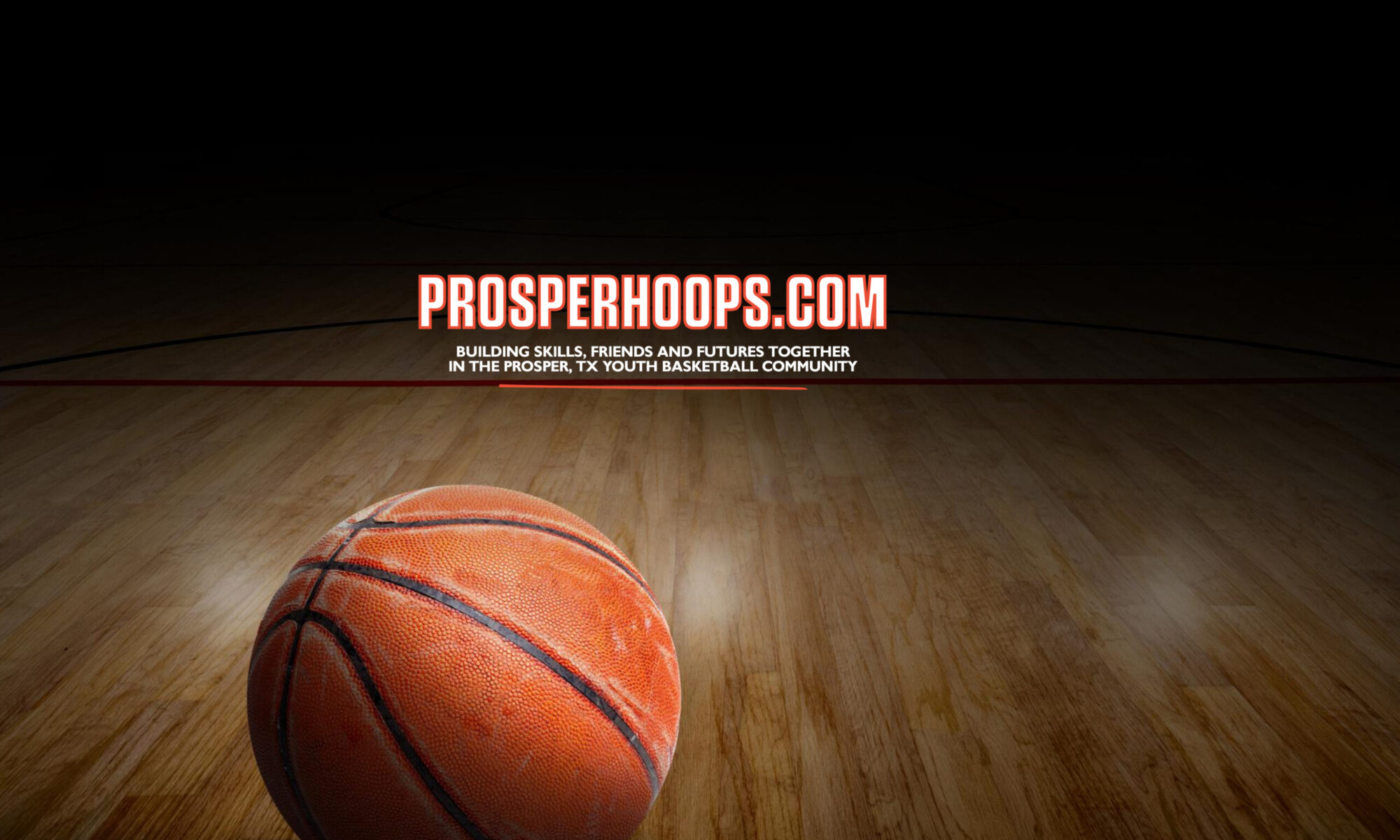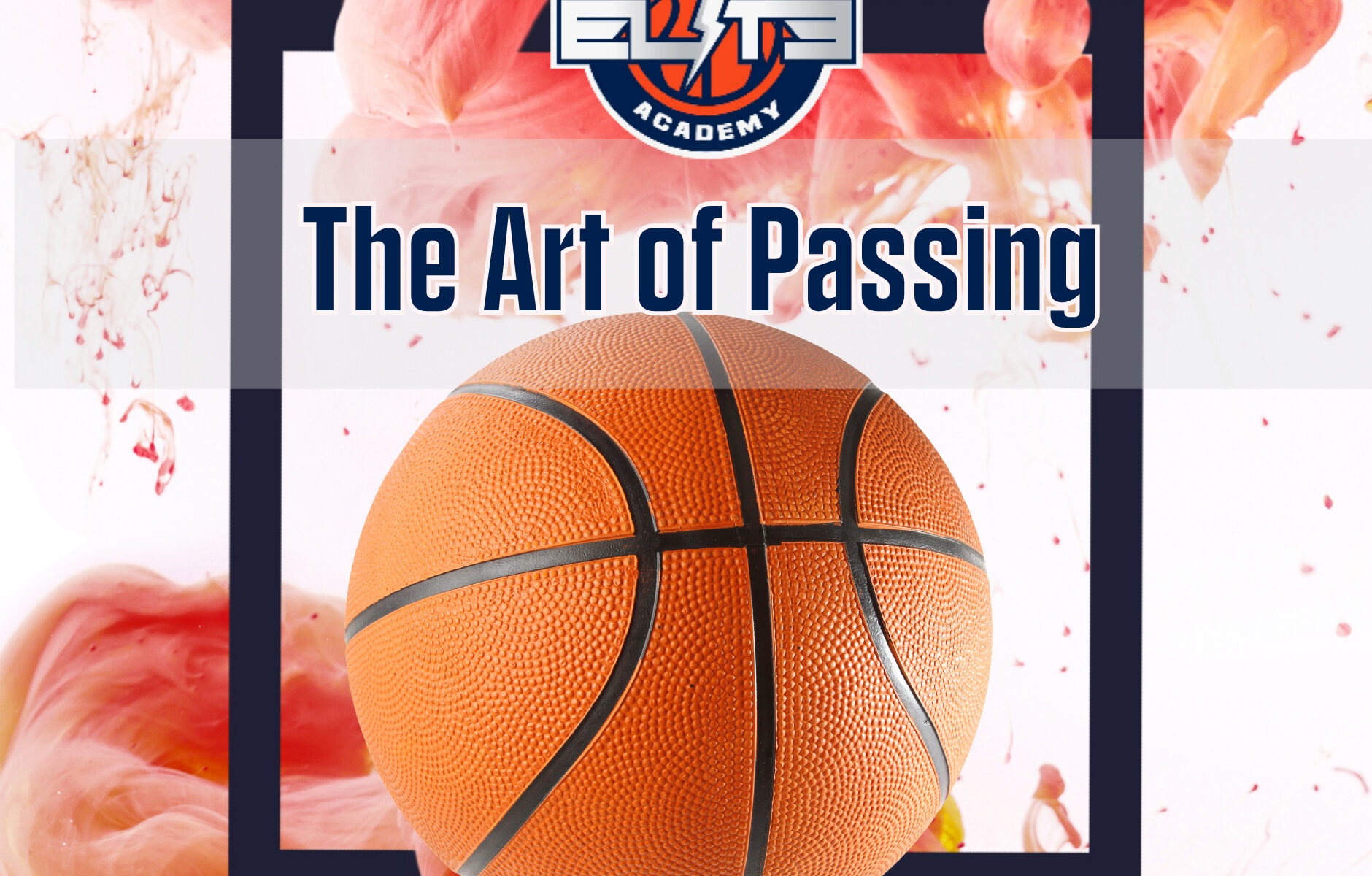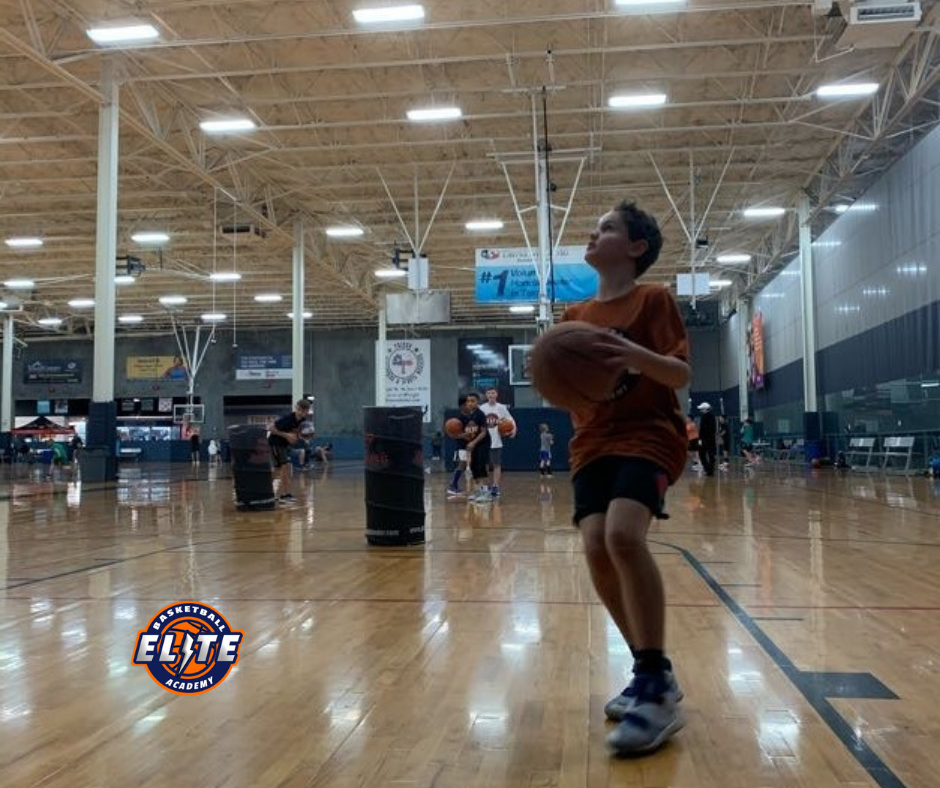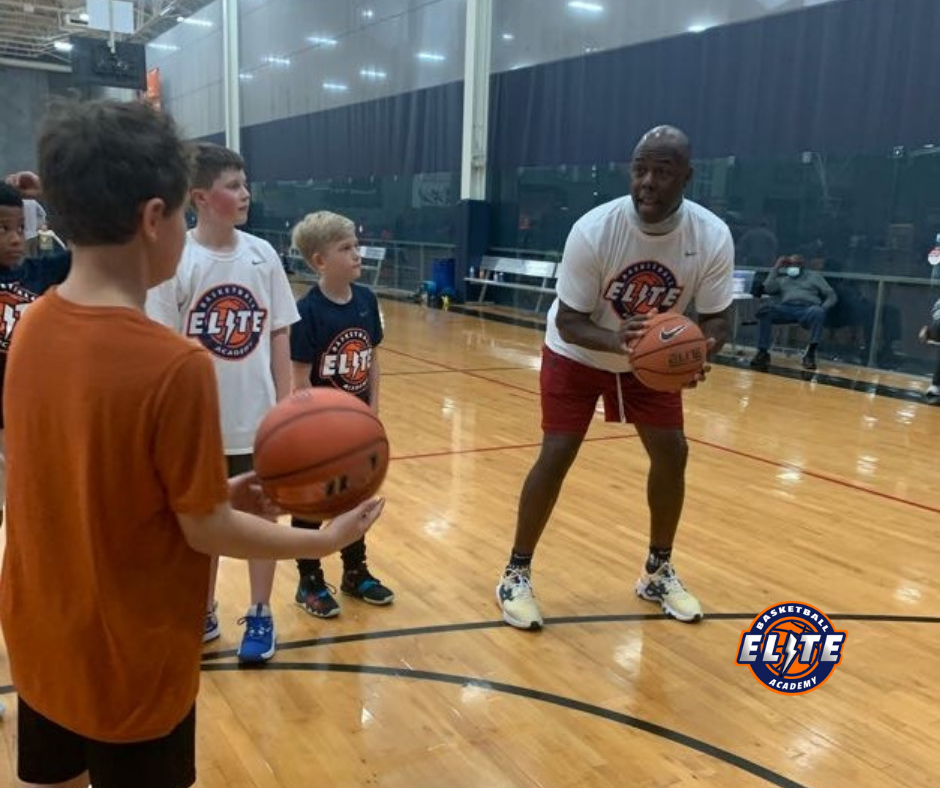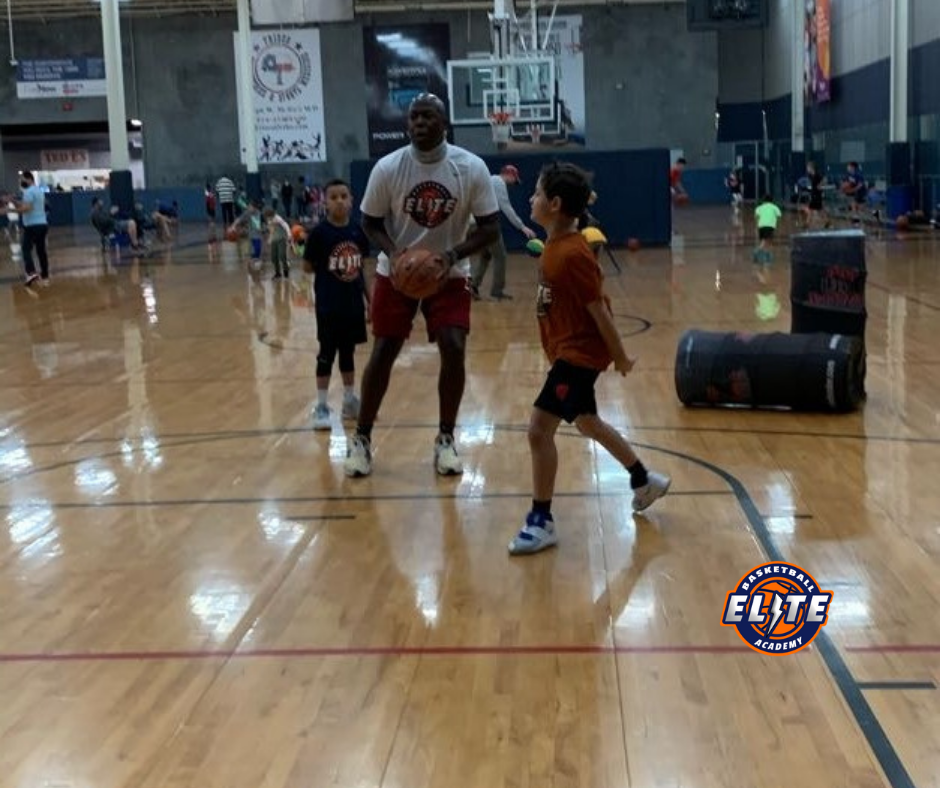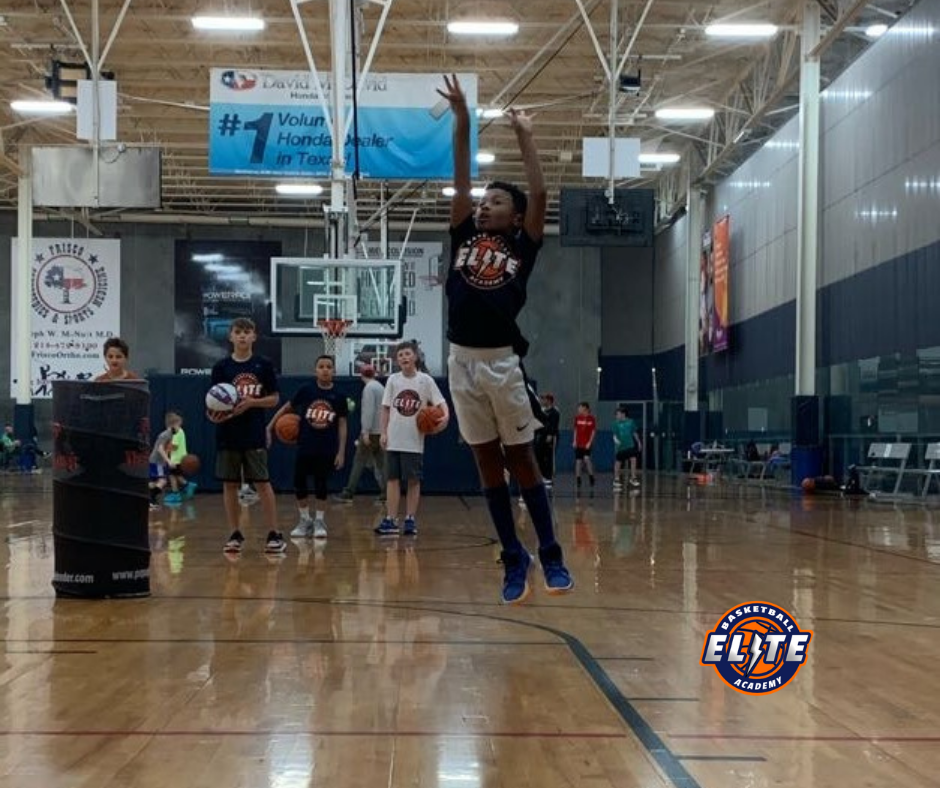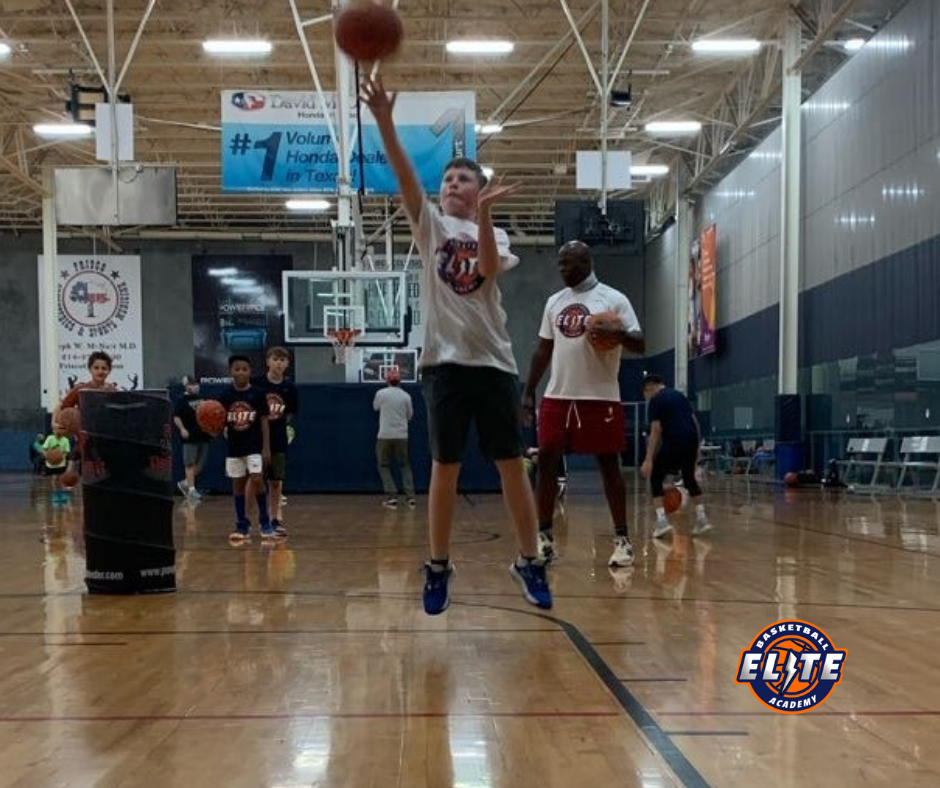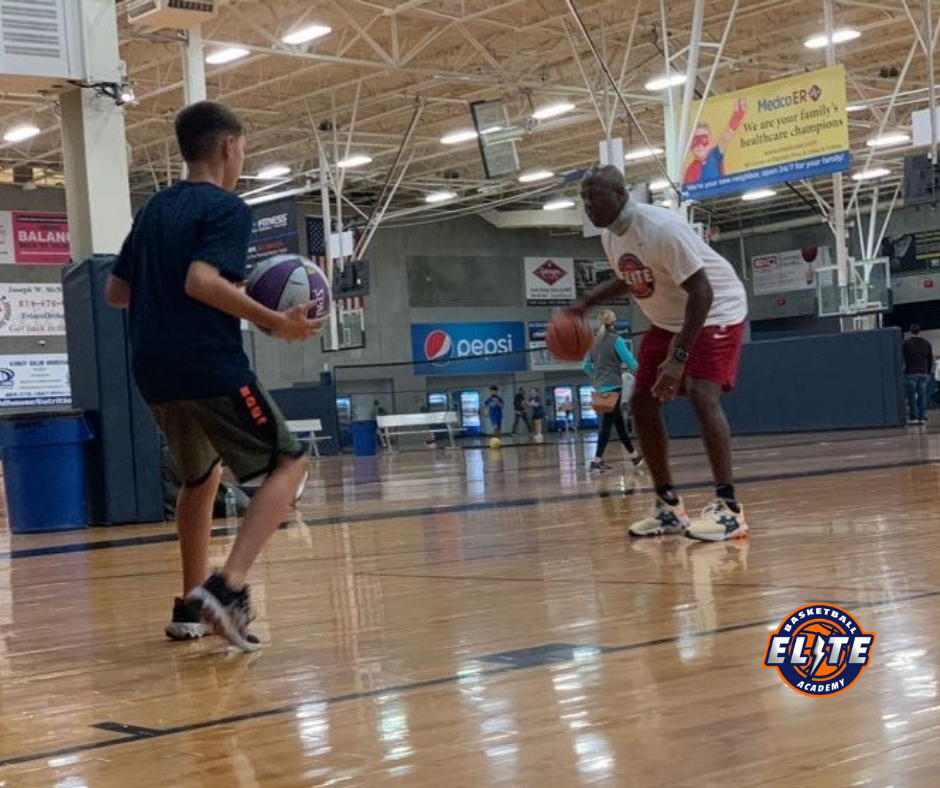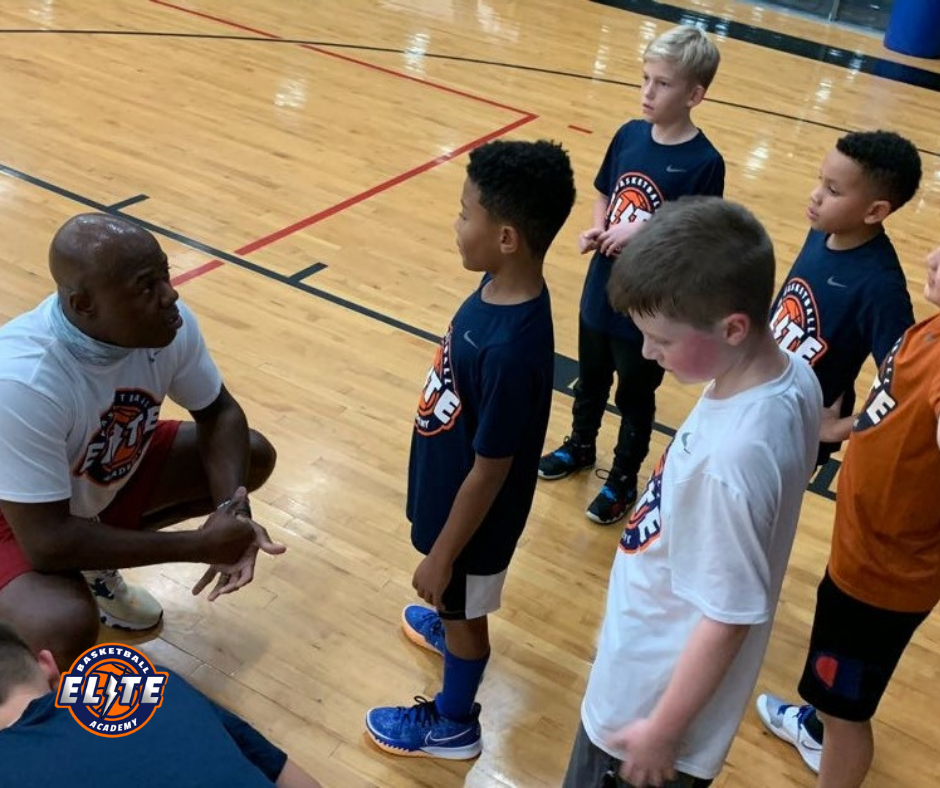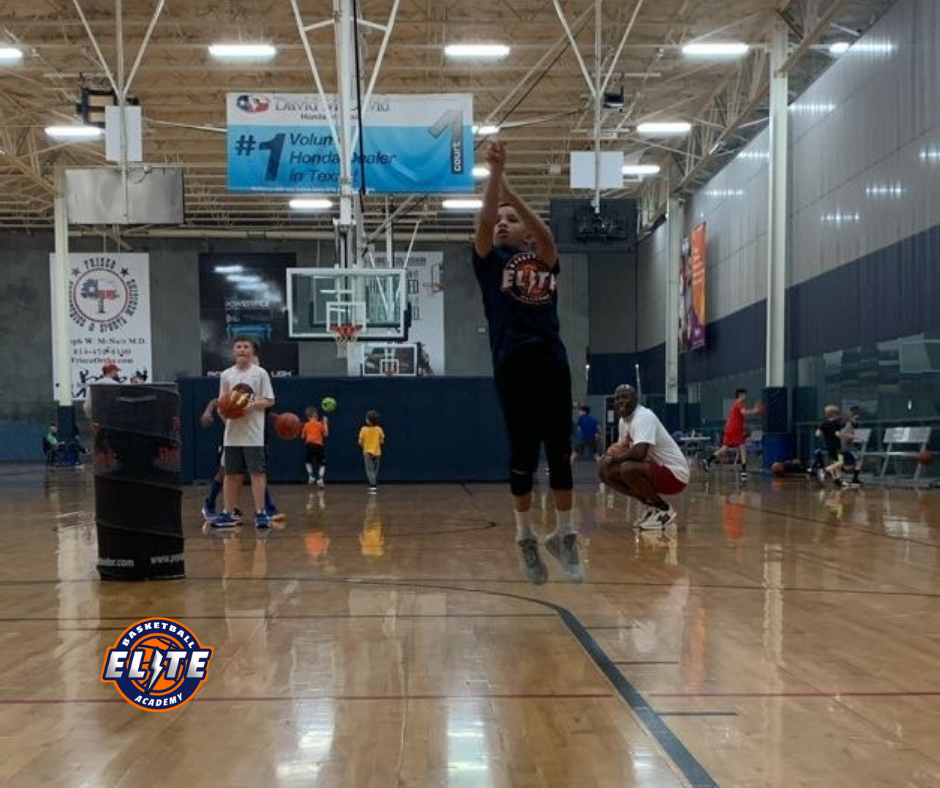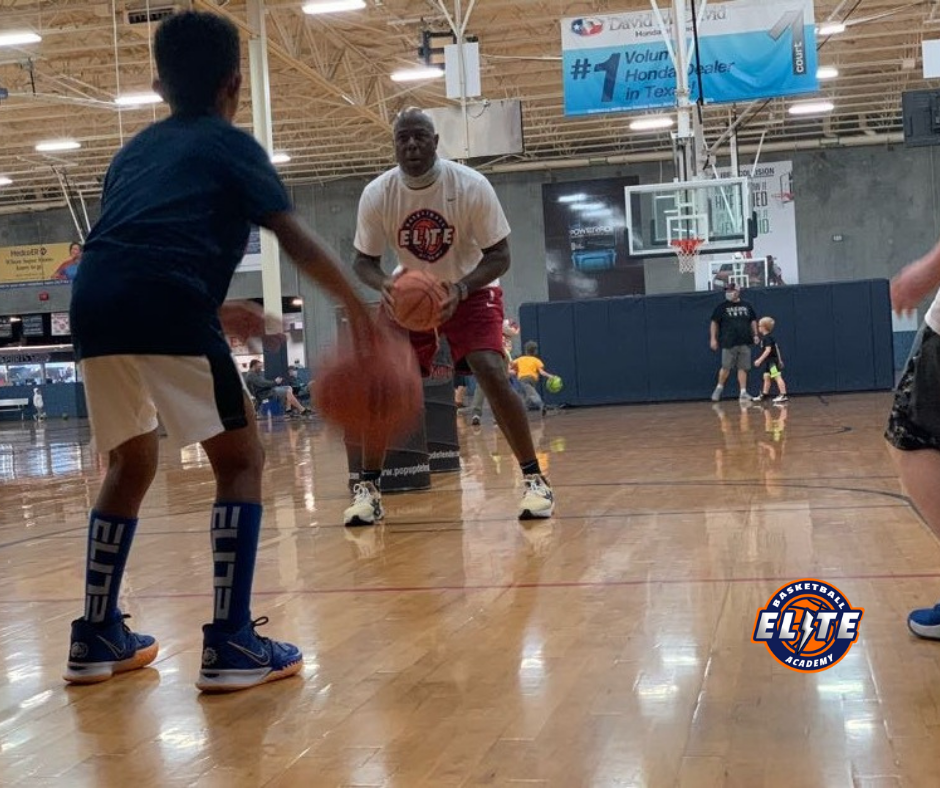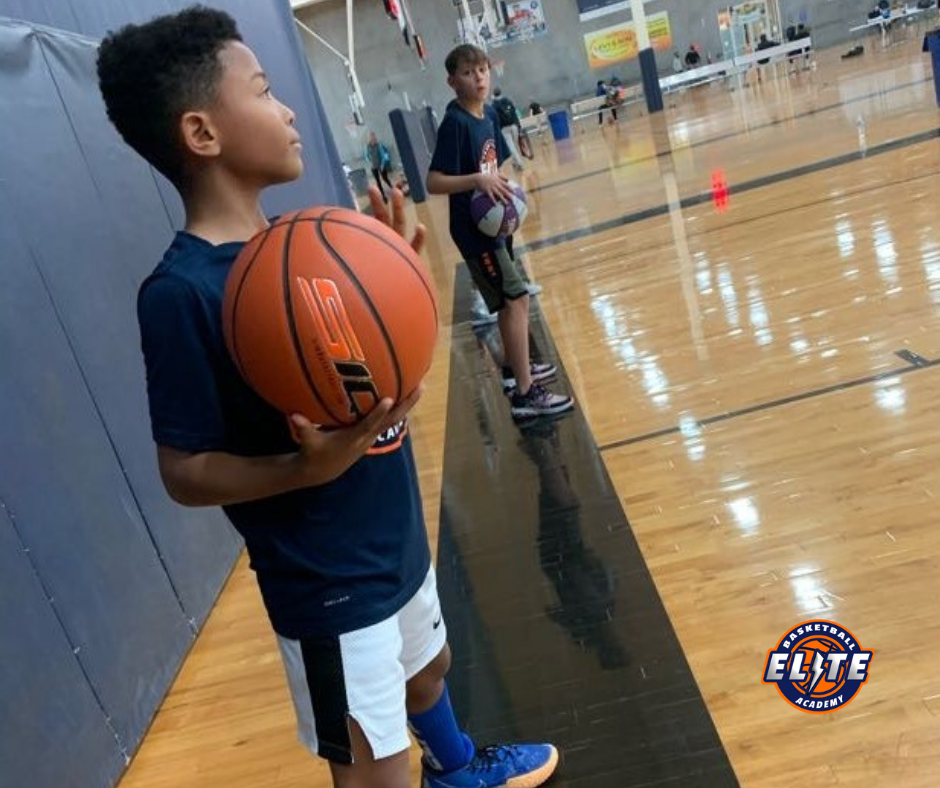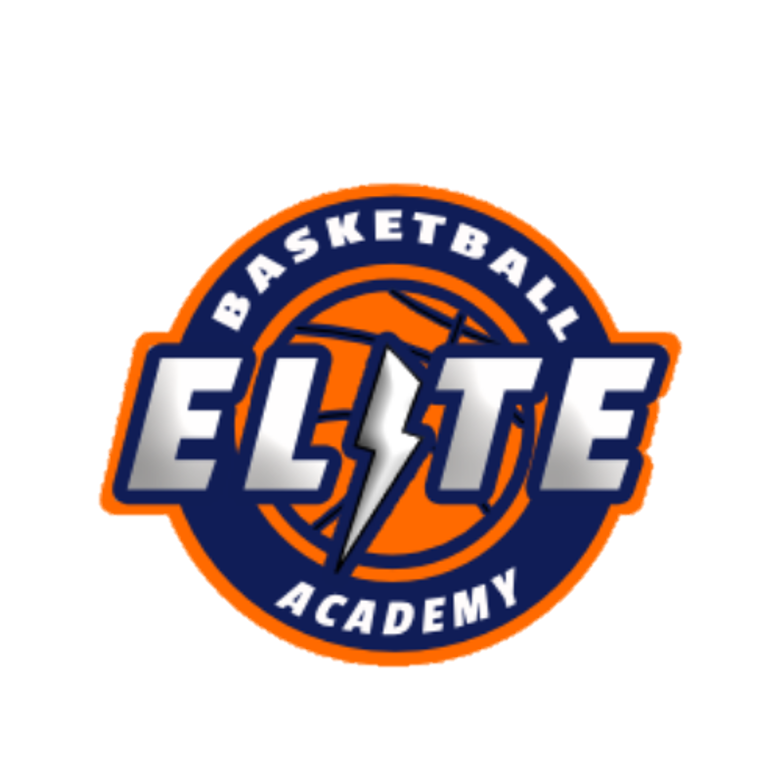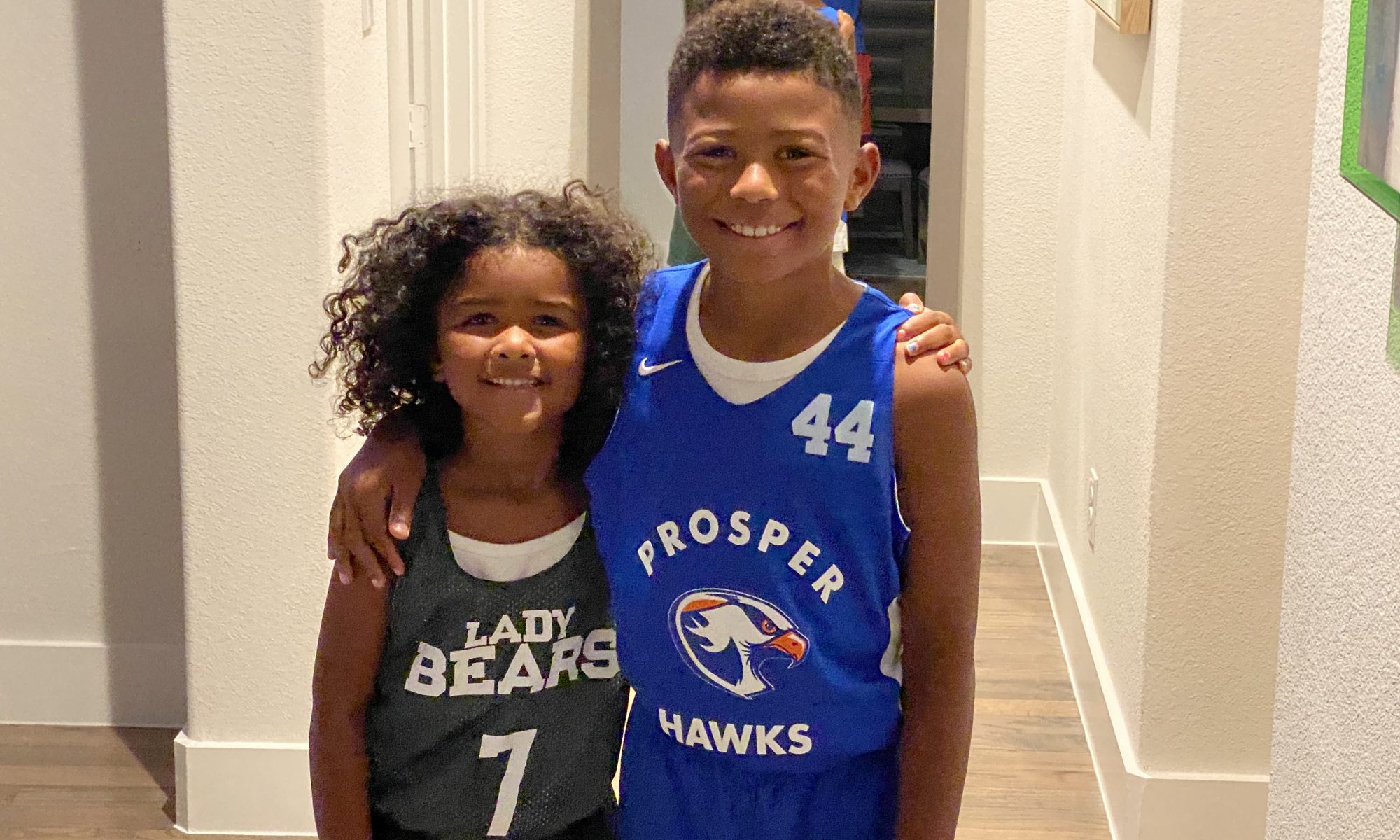Putting in Work: Winter 2021 Skills & Drills
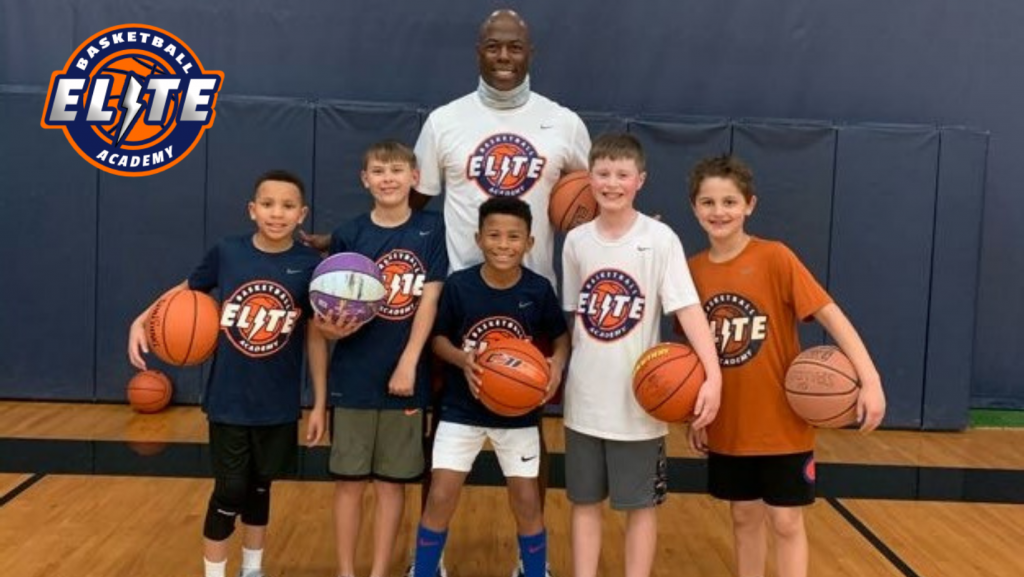
So proud of these young athletes – they showed up every Friday and put in work to get better. Each of them coachable. Each of them focused. Each of them got better!
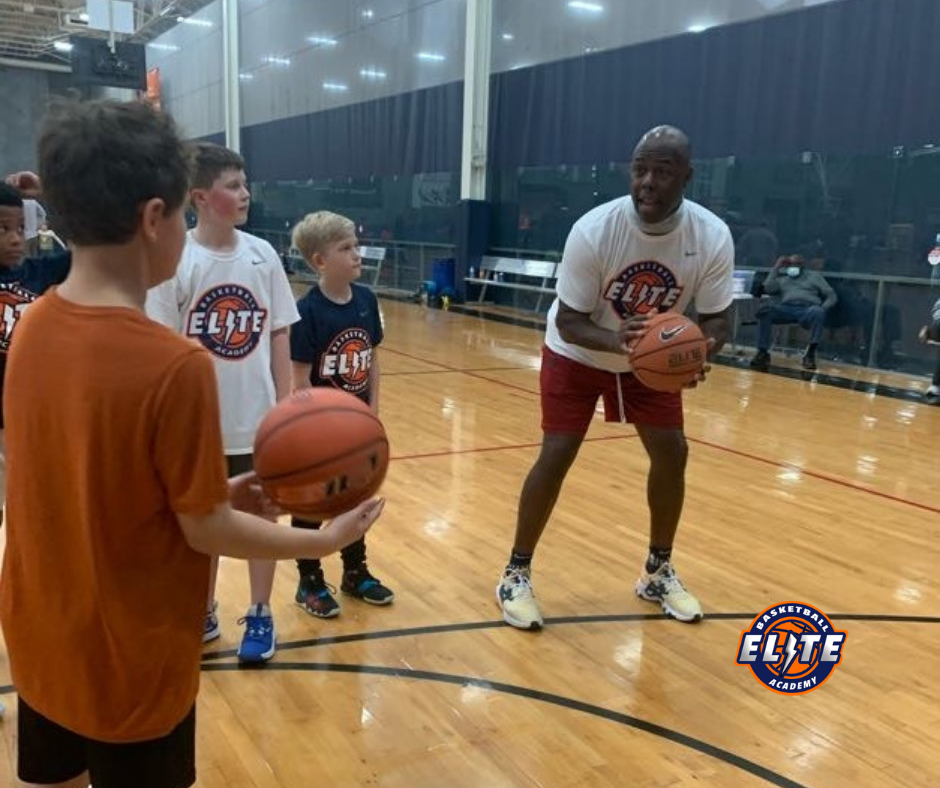
Two Words That Will Stop You From Realizing Your True Potential
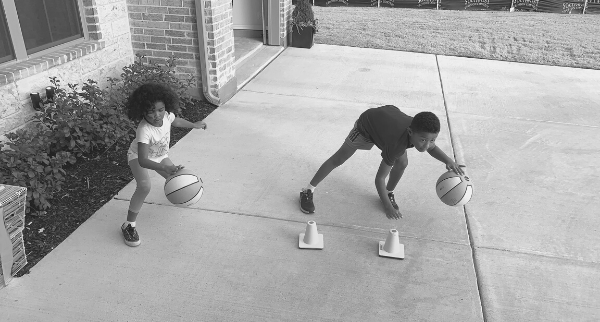
Full-disclosure: I. Am. A Dad-Coach.
Which means if I’m not at my desk clickety-clacking on a keyboard or fixing my hair (im bald by choice) for a client video call – you will find me at the nearest (or farthest) gym, field, garage or driveway working with my kids (aka Team Jenkins) helping them to become the best athletes and (pick a sport) and humans they can be. As I’ve shared in numerous prior blogs…. the power and benefit of youth sports is taking lessons learned on the court/field and translating them to life off the court/field.
Now that we have the foundation set… Let’s get started because like my Nana used to say ‘You gone learn today.’
Double Cross-over; between the legs with your eyes up
Last week during our Team Jenkins ball handling workout, I decided to introduce a new ball-handling skill… double cross-over, between the legs with eyes up. Now for those of you who don’t follow/practice/play basketball- just know that this ball-handling drill is not easy to do…. especially, when you are 6 and 9 years old. Guess what? It’s not supposed to be.
After demonstrating the proper technique it was my kiddos turn. After about 5-minutes of attempting the move my son – clearly frustrated- stopped abruptly shouting two words that I never ever thought I would hear as a dad-coach. Clearly, the look on my face after hearing these two-word triggered my daughters fight or flight senses. My daughter, looked at me- looked at her brother- grabbed her ball and headed into the house.
Foul language is a no-no our house.
That moment, I would have preferred to hear any other ‘no-no’ words come from my son’s mouth (take your pick) than ‘I CAN’T (do this)’.
I now realize that those two words presented an opportunity to teach and to learn. Allow me to share with you what I explained to my son and daughter that day- hopefully it helps you other dad/mom-coaches out there. Here’s what I told them:
Don’t ever say ‘I can’t’
The moment you ‘I Can’t’, you are focusing on something you can’t do in that particular moment.
The moment you say ‘I can’t do something’, your focus is on convincing yourself that you cant do something and guess what? YOU are the best person to convince yourself of anything, so if you say you cant do this you are convincing yourself you can’t.
You have so much power and weight on your emotions and your potential……..
instead…ask yourself ‘HOW am I going to ….?’
When ask yourself ‘How?’ you are focusing on HOW you are going to get something done and strategizing ways to get it done…you are already convincing yourself that you can do it.
How am I going to get better at the double cross-over between the legs with eyes up? How am I going to become a better husband or wife? How am I going to make $1M this year?How am I going to become the #1 sales rep in my company?
We have so much power over ourselves and weight on our emotions and potential. So instead of putting ourselves down, let’s convince ourselves that we can accomplish anything by strategizing on what it takes to get us to our goal. Let’s decide to recognize and realize our true potential.
Move of the Week: Retreat Dribble
When the ball-handler retreats in his/her dribble- it’s almost a natural reflex for the defender to relax and come out of their stance, which is when the player with the ball attacks.
It’s also a great move for the offensive player to scope what’s going on behind his defender and base the next move off their reactions.
Keys to the Move:
🏀 Use your body and off hand to shield the ball (protect at all times)
🏀 Perform an effective move after your retreat.ie crossover, in-and-out crossover, behind the back
🏀 Change of Speed and explosion is your best friend. Whatever move you decide to do- explode out of it.
Check out Tony Parker, Russell Westbrook and Kobe Bryant driplay various retreats below: 👇
Would you like Elite Hoops ‘Move of the Week’ Delivered right to your inbox? Just drop your email below…
4 Steps for Great Team Defense from Coach Dick Bennett
Dick Bennett — who is best known around these parts as the creator of the “Pack Line” defense (and as Tony Bennett’s father) — has a simple four-step checklist for defense that I believe every coach would benefit from adopting.
As follows:
1. Get Back and Stop the Basketball
As we chat about all the time in these emails, transition defense is incredibly important for any team that wants to be competitive.
Get back first, and then man up.
While it can be better to quickly close down on the ball-handler in some situations, most of the time it’s better to put your first focus on protecting the hoop.
2. Eliminate Easy Baskets
If you lose because the opposition team knocks down a bunch of contested three-pointers and well-guarded layups, most coaches can live with that.
What we can’t live with is losing because we allowed EASY points.
> Layups
> Fast break points
> Wide open three-pointers
If your team can eliminate the “easy points” and force opposition players to shoot with a hand in their face, you’ll dramatically increase your chances of winning.
3. Keep the Ball Out of the Lane
This is where Mr. Bennett’s famous “Pack Line” defense came into play…
The strategy he employed was to instruct players one-pass away on defense to stay in the gaps instead of denying their opponent.
While this made it easier for the offense to pass around the perimeter, this defensive strategy made it very difficult to get dribble penetration.
Combined with great 1-on-1 defense, the offense is in for a tough night.
4. Bother Shooters
Last but not least…
Ensure every opposition shot attempt is contested.
This requires all 5 players to be locked indefensively.
If someone gets beat on the perimeter, help defense must be in the correct position to rotate quickly and trap or contest the shot.
Never allow them to get a clean look!
Five Spot Basketball Shooting Workout
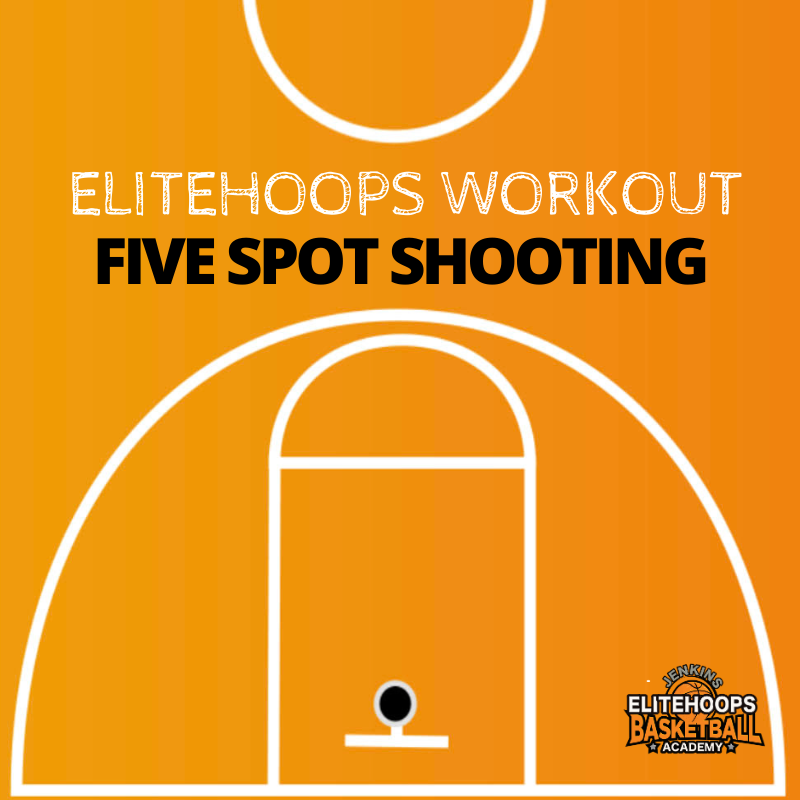
Five Spot Shooting is one of the best all around shooting workouts developing players can utilize. In fact, if there’s ONE workout you ever use to become a good shooter- this would be it!
Five Spot Shooting is a progressive workout that covers every aspect of shooting from every spot on the court. It’s extremely thorough and ensures that you are getting in the right repetitions.
Additionally, it helps you develop distance control because you methodically move your way out from the basket.
Why Five Spot Shooting? :
Most players like to start outside and shoot shots they are not ready for (should not be shooting). That is very counterproductive and one of the biggest mistakes that players make.
Five Spot Shooting workout forces the player to focus on fundamentals, shoot from the proper distance and progressively build their shots the right way.
The Set up :
As shown in the diagram and shot chart below, you will be shooting from five different angles on the court (left baseline, right baseline, left wing, right wing, and middle). taking 50 total shots from each of the five angles.

You will begin on the left wing, setting up four feet from the basket (spot one in the diagram below). Take 10 shots from spot one, keeping track of how many you make out of 10. If you make at least six out of 10, you are able to progress back to spot two which is four feet back from spot one (eight feet from the basket).
However, if you fail to make at least six shots from spot one in round one, you are not able to move back to spot two. You must stay in spot one for round two. In round two you will again take 10 shots and keep track of how many you make.
Again, if you make at least six shots, you can move back to the next spot. Each new spot is four feet farther back from the previous spot.
The same continues for rounds three through five. Once you have completed round five you will have taken 50 total shots and you will then move to the next angle (ex: middle). After finishing all five angles you will have attempted 250 total shots from all court angles.
This drill is great because it requires players to master shooting from a certain distance before they can move back. Do not be disappointed if you do not make it back to the three-point line.
Most players will remain in spots 1-4 for the entire workout.
Five Spot Shooting keeps players within their appropriate range and provides them goals to achieve.
Feel free to use the following Shot Chart to record your progress!
What Are the Odds of Competing in Men’s Professional Basketball?
When we survey NCAA student-athletes about their expectations of moving on to professional athletics careers, the results indicate surprising confidence in that possibility. The reality is that very few go pro.
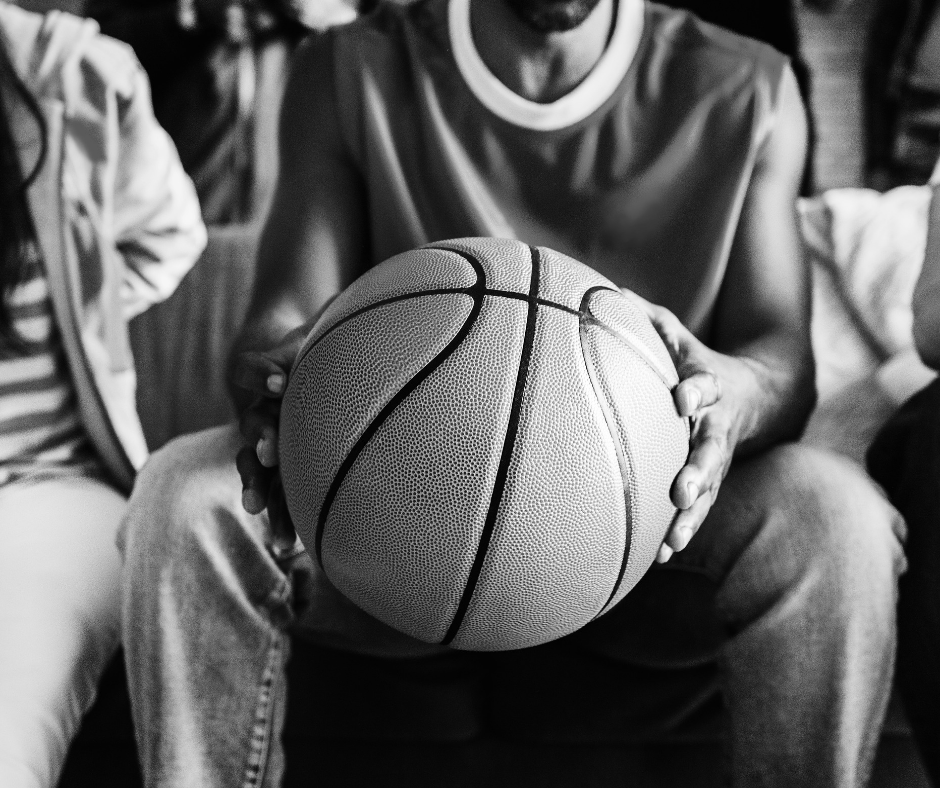
Estimated probability of competing in men’s college basketball
| High School Participants | NCAA Participants | Overall % HS to NCAA | % HS to NCAA Division I | % HS to NCAA Division II | % HS to NCAA Division III |
|---|---|---|---|---|---|
| 551,373 | 18,816 | 3.4% | 1.0% | 1.0% | 1.4% |
Sources: High school figures from the 2017-18 High School Athletics Participation Survey conducted by the National Federation of State High School Associations; data from club teams not included. College numbers from the NCAA 2017-18 Sports Sponsorship and Participation Rates Report.
Estimated probability of competing in men’s professional basketball
| NCAA Participants | Approximate # Draft Eligible | # Draft Picks | # NCAA Drafted | % NCAA to Major Pro | % NCAA to Total Pro |
|---|---|---|---|---|---|
| 18,816 | 4,181 | 60 | 52 | 1.2% | 21.3% |
- NBA draft data from 2018. There were 60 draft slots in that year and 52 went to NCAA players (seven others chosen were international players not attending U.S. colleges and one spent a season at a prep school). Percentage NCAA to Major Pro calculated using the 52 NCAA selections. Since 2008, 11 international players have been drafted on average each year.
- On 2018-19 opening day NBA rosters, former NCAA Division I players filled 83% of roster spots. Two NBA players attended non-Division I colleges. (Source: Jim Sukup, College Basketball News).
- Data on other professional opportunities in men’s basketball were collected by NCAA staff with the assistance of Marek Wojtera from eurobasket.com. Tracking 2018-19 international opportunities for the 2018 draft cohort, it was determined that an additional 839 former NCAA student-athletes played internationally, in the G-League or in the NBA as undrafted players (606 from Division I, 194 from Division II and 39 from Division III) after leaving college; this includes international players who attended NCAA institutions. These numbers were combined with the NBA draftees to calculate an approximate NCAA to Total Professional opportunities figure (calculated as [52 + 839] / 4,181 = 21%).
- We estimate that 4.2% of draft-eligible Division I players were chosen in the 2018 NBA draft (52 / 1,230). However, in total, 53% of draft-eligible Division I players competed professionally (NBA, G-League or internationally) in their first year after leaving college (calculated as [52 + 606] / 1,230). Approximately 17% of draft-eligible players from the five Division I conferences with autonomous governance (ACC, Big Ten, Big 12, Pac-12 and SEC) were drafted by the NBA in 2018 (38 / 228), while 80% played professionally somewhere in their first year post-college (calculated as [38 + 144] / 228).
If you have the ambition to elevate your basketball career we can help. EliteHoops located in Dallas, TX helps youth basketball players become the best they can be both on and off the court.
Youth Basketball Skills Academy Coming Soon to Prosper, TX!
Fundamentals: Layup Footwork (no basketball)

Goal: Master the fundamental footwork and mechanics for properly shooting a layup.
What You Do:
- Start in the ‘ready’ (triple-threat) position with no basketball.
- Right-hand layup: On coach’s signal, take a step with the right foot, then step with the left foot
- Drive your right knee up and jump off the left foot, making a shooting motion with your right hand
- Repeat until half court, then turn around and come back doing left-hand layup footwork
- Left-hand layup: On the coach’s signal, take a step with the left foot, then step with the right foot.
- Drive your left knee up and jump off the right foot, making shooting motions with your left hand.
- Repeat until baseline
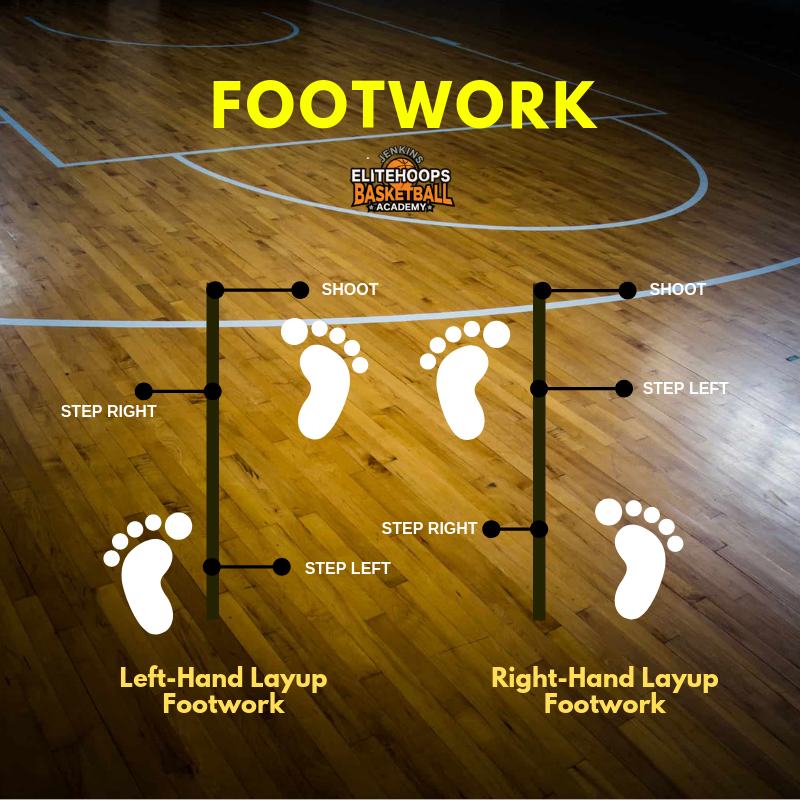
The Best Ball Handling Drills for Youth Basketball Players
Two-Ball Dribbling
Over the last 7 years is the deficiency of ball handling skills in many youth basketball players. A vast majority of youth players can dribble with their dominant (strong) hand, but not with their weak (off) hand. 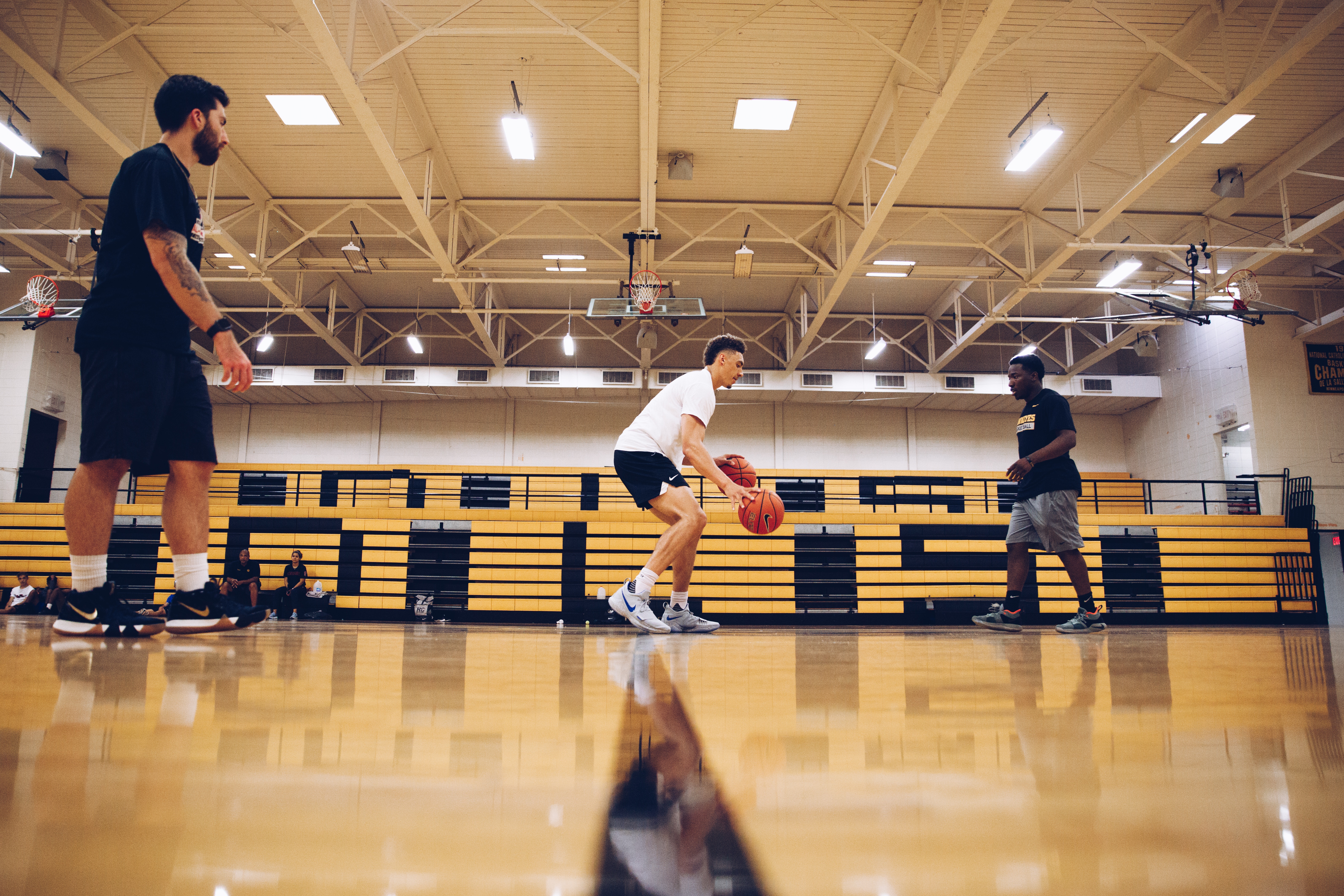
This ball handling drill forces kids to do two things:
1. Utilize the off (weak) hand
2. Challenge/Develop their coordination
If a player can dribble two basketballs at the same time, he/she will definitely be able to dribble one very well with either hand.
Intermediate: On the Move Two Ball Dribbling Drill – Same as stationary but now player moves with the ball. Begin walking in a straight line to half court and back using pounds or pistons.
Once mastered, increase the pace and begin to jog. Only progress to full-speed ball handling when ready. After the player can do this with ease, begin attempting the crossover, between the legs, and behind the back in a straight line.
ELITE: Players progress to a zig-zag pattern on the move with two basketball. Make sure to plant that outside foot and explode when changing directions. Players can continue to pick up the pace as their skills increase to challenge themselves.
Coaches Tip: This ball handling drill is not meant to be performed at game speed. The focus should be on form and improvement.
